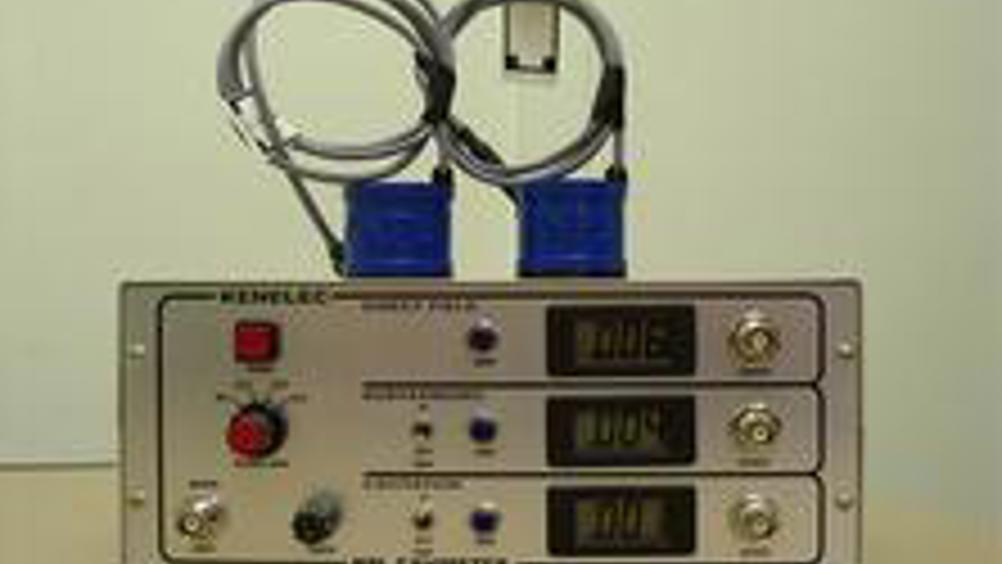Ultrasonic cavitation
NPL has developed a sensor capable of measuring localised ultrasonic cavitation - the implosion of bubbles in a liquid when a high-frequency sound wave is applied.

NPL has developed a sensor capable of measuring localised ultrasonic cavitation - the implosion of bubbles in a liquid when a high-frequency sound wave is applied.
Cavitation is used throughout the NHS by doctors and dentists to clean and disinfect surgical instruments. A high-frequency sound wave is passed through a disinfecting liquid to create bubbles that implode. The force of each implosion removes contaminate particles from surrounding materials.
Cavitation is one of the most effective cleaning processes. But until now there has been no accurate method of identifying how much cavitation takes place at different locations in a cleaning system, and therefore no measurable way to ensure the cleaning process is effective.
Previously, the only way to measure cavitation rates has been to lower a piece of aluminium foil into the liquid and count the number of 'dents' caused by bubble implosion. NPL's new sensor takes a different approach by monitoring the acoustic signals generated when the bubbles implode. It listens to the bubbles as they collapse and uses the sound to identify how much cavitation is taking place at a given location.
Register now to continue reading
Thanks for visiting The Engineer. You’ve now reached your monthly limit of premium content. Register for free to unlock unlimited access to all of our premium content, as well as the latest technology news, industry opinion and special reports.
Benefits of registering
-
In-depth insights and coverage of key emerging trends
-
Unrestricted access to special reports throughout the year
-
Daily technology news delivered straight to your inbox










Comment: The UK is closer to deindustrialisation than reindustrialisation
"..have been years in the making" and are embedded in the actors - thus making it difficult for UK industry to move on and develop and apply...